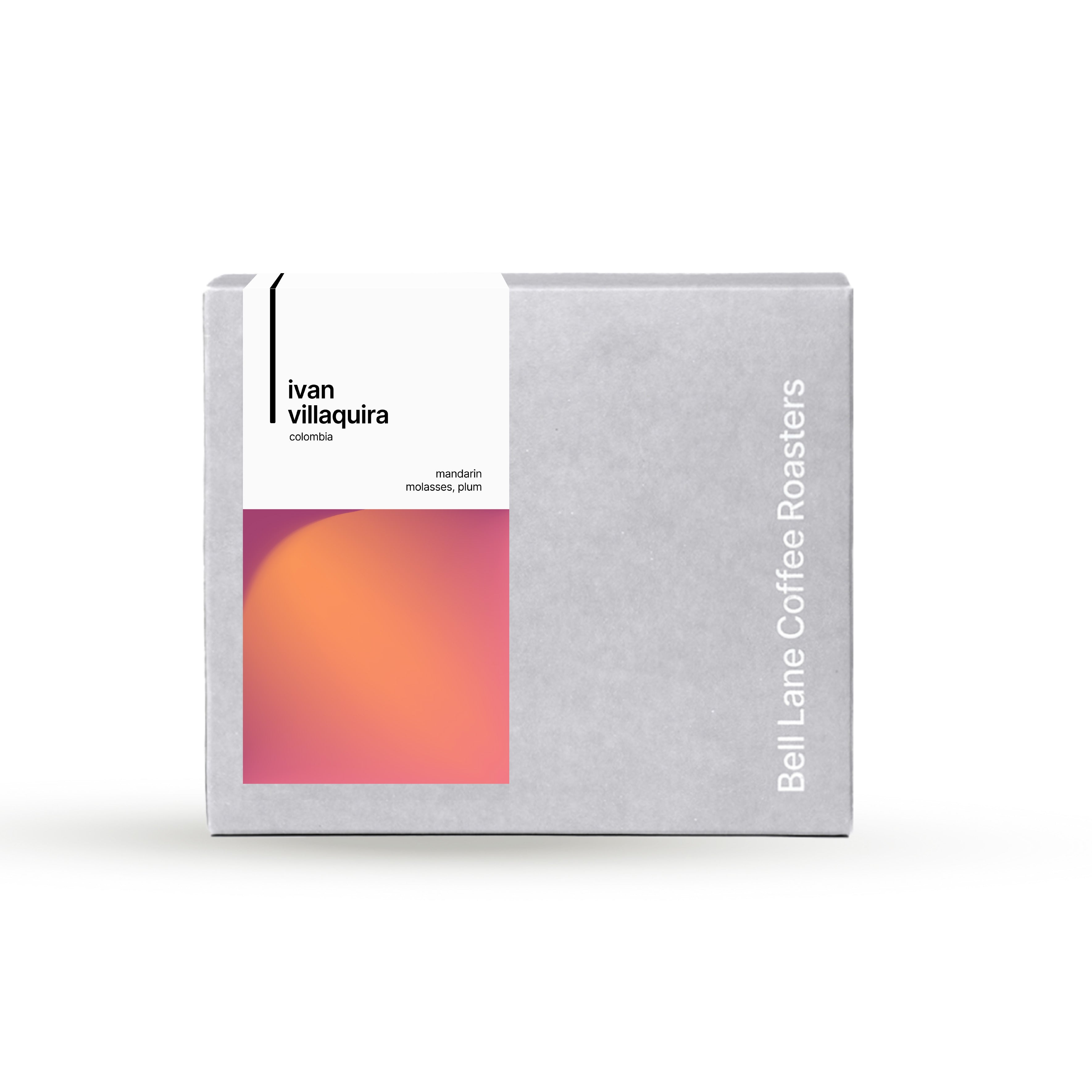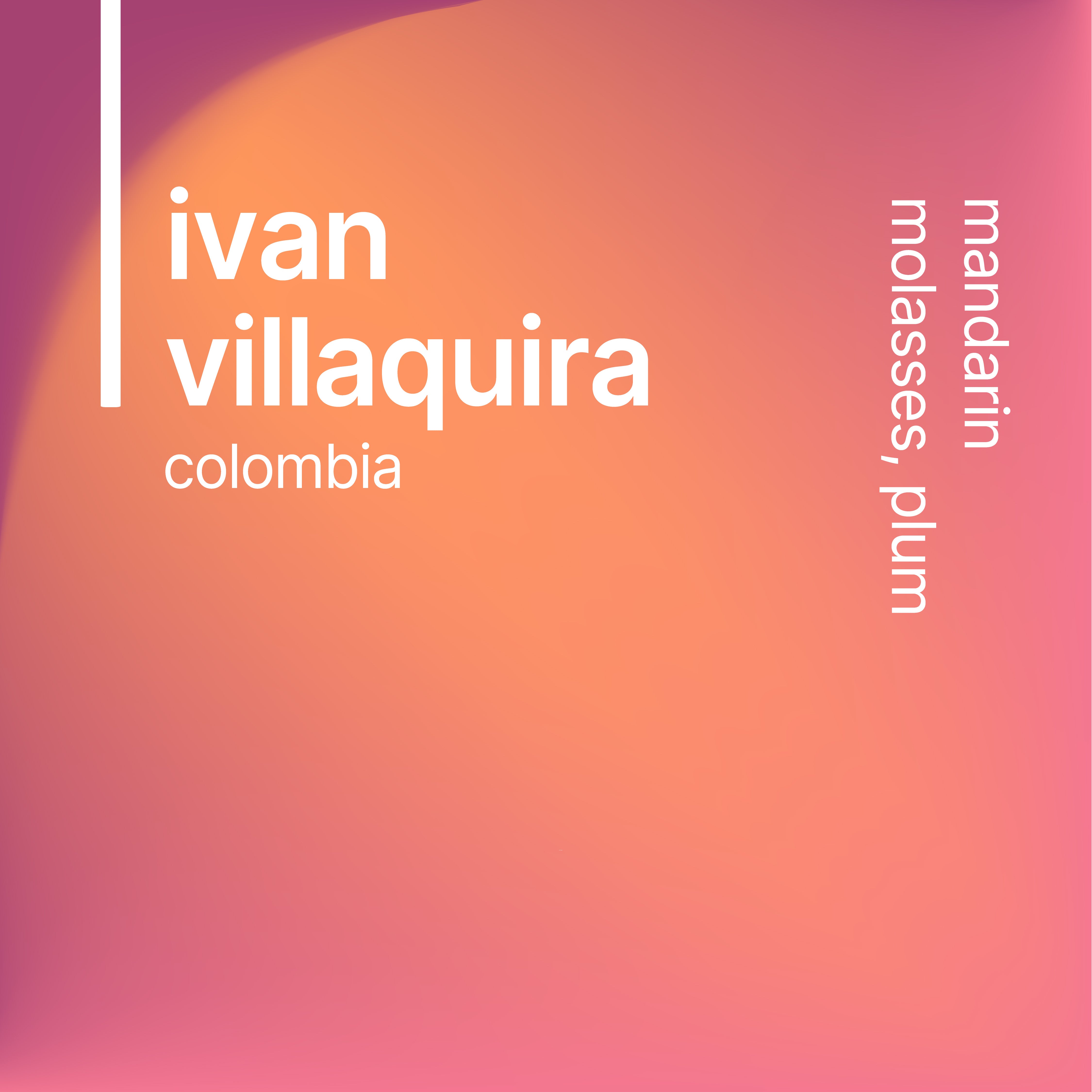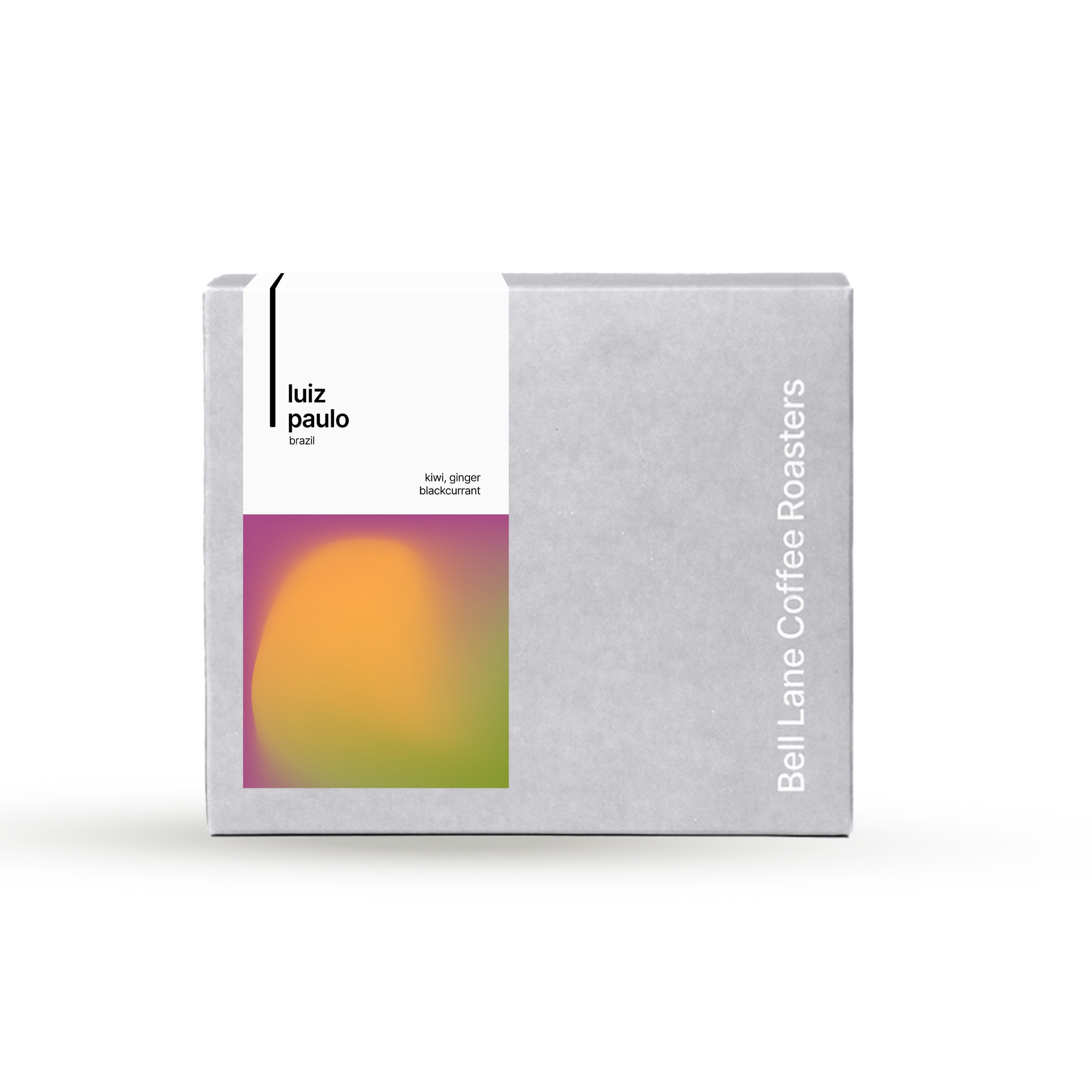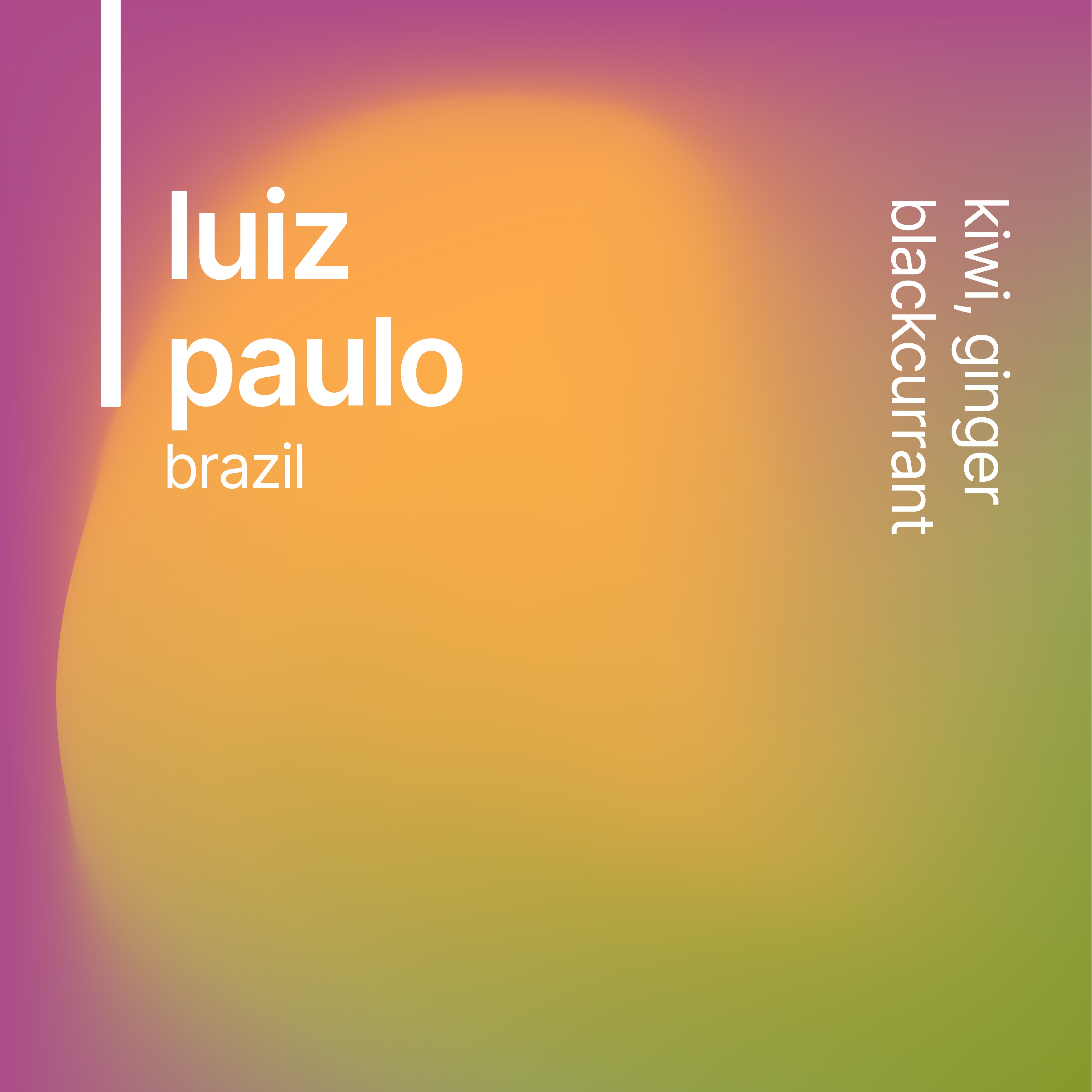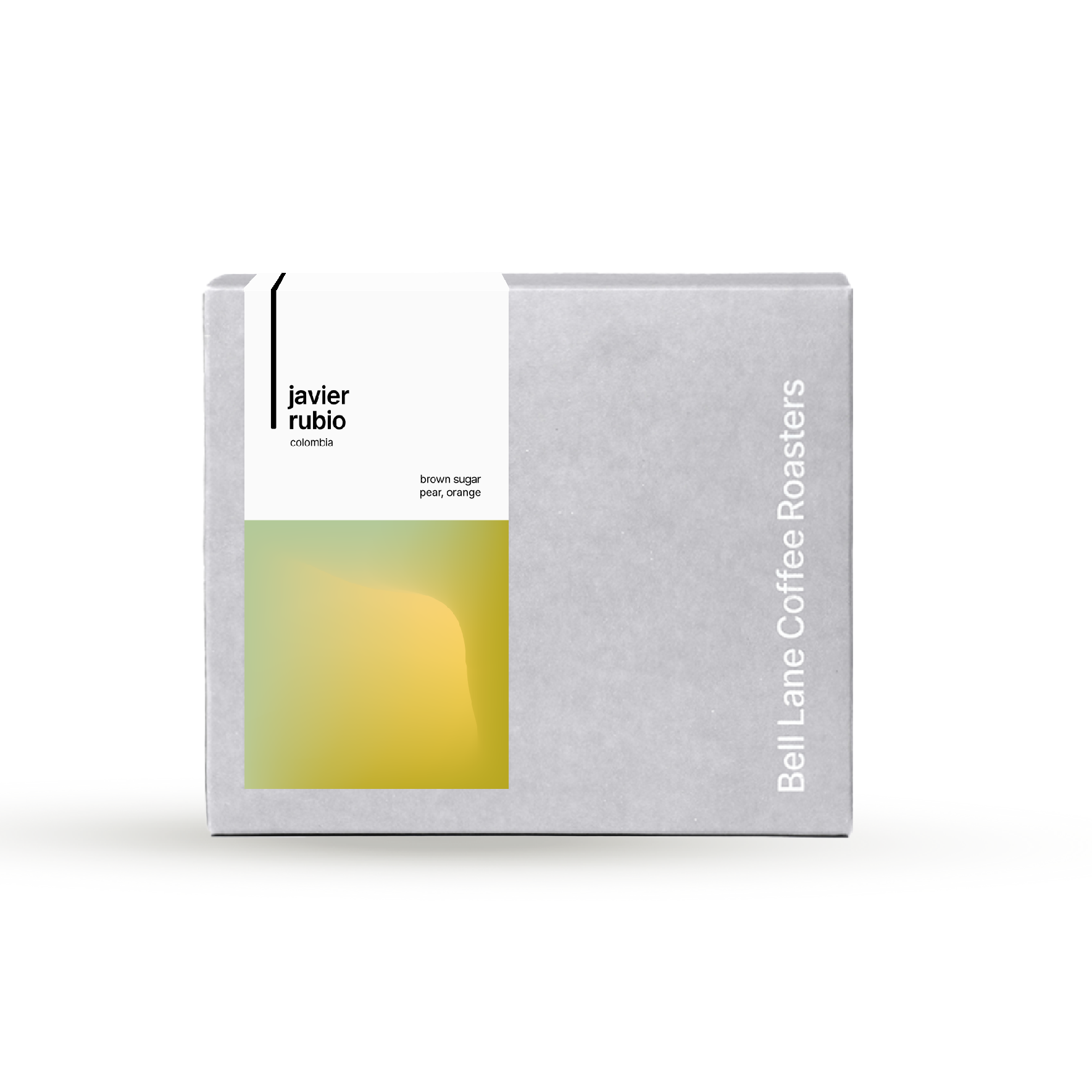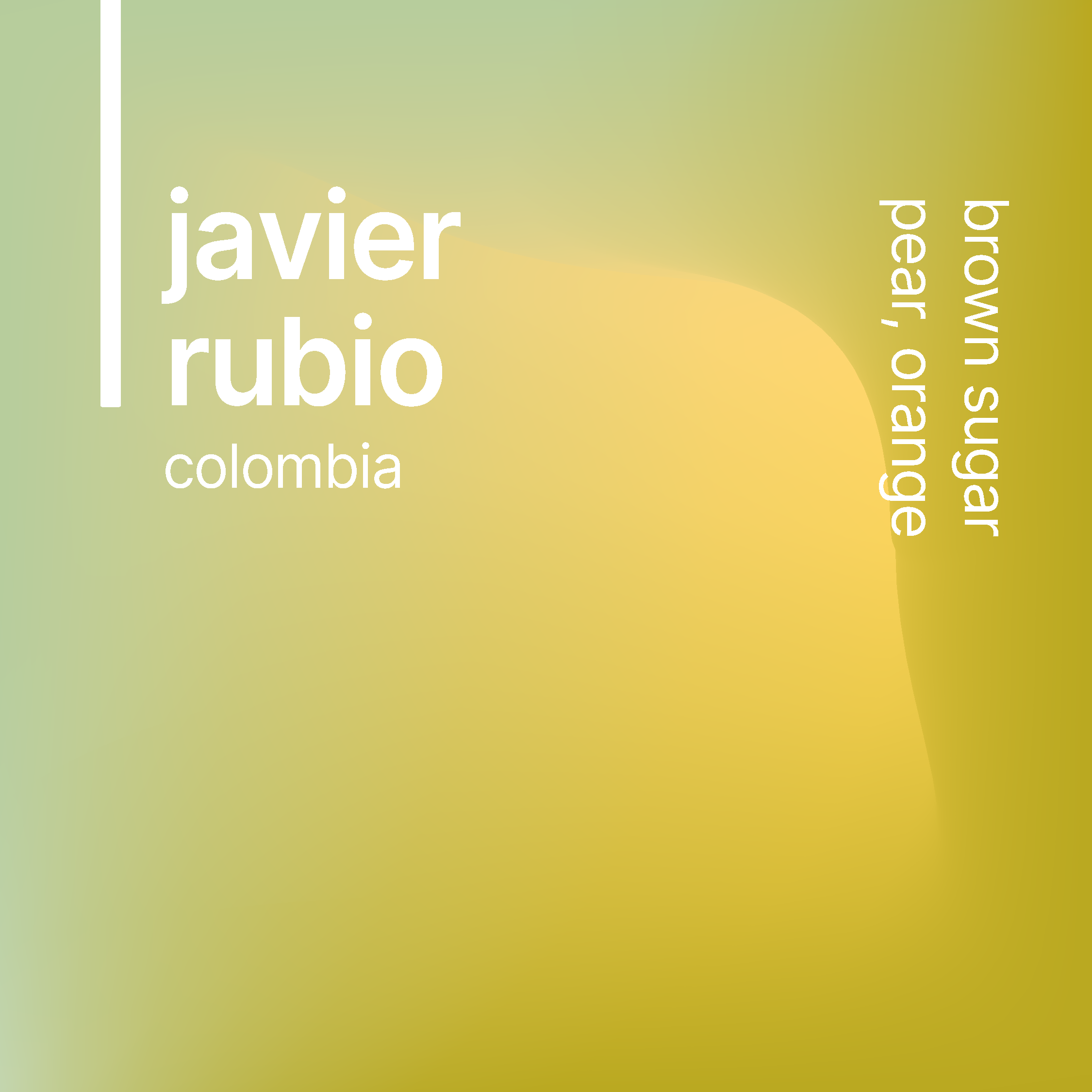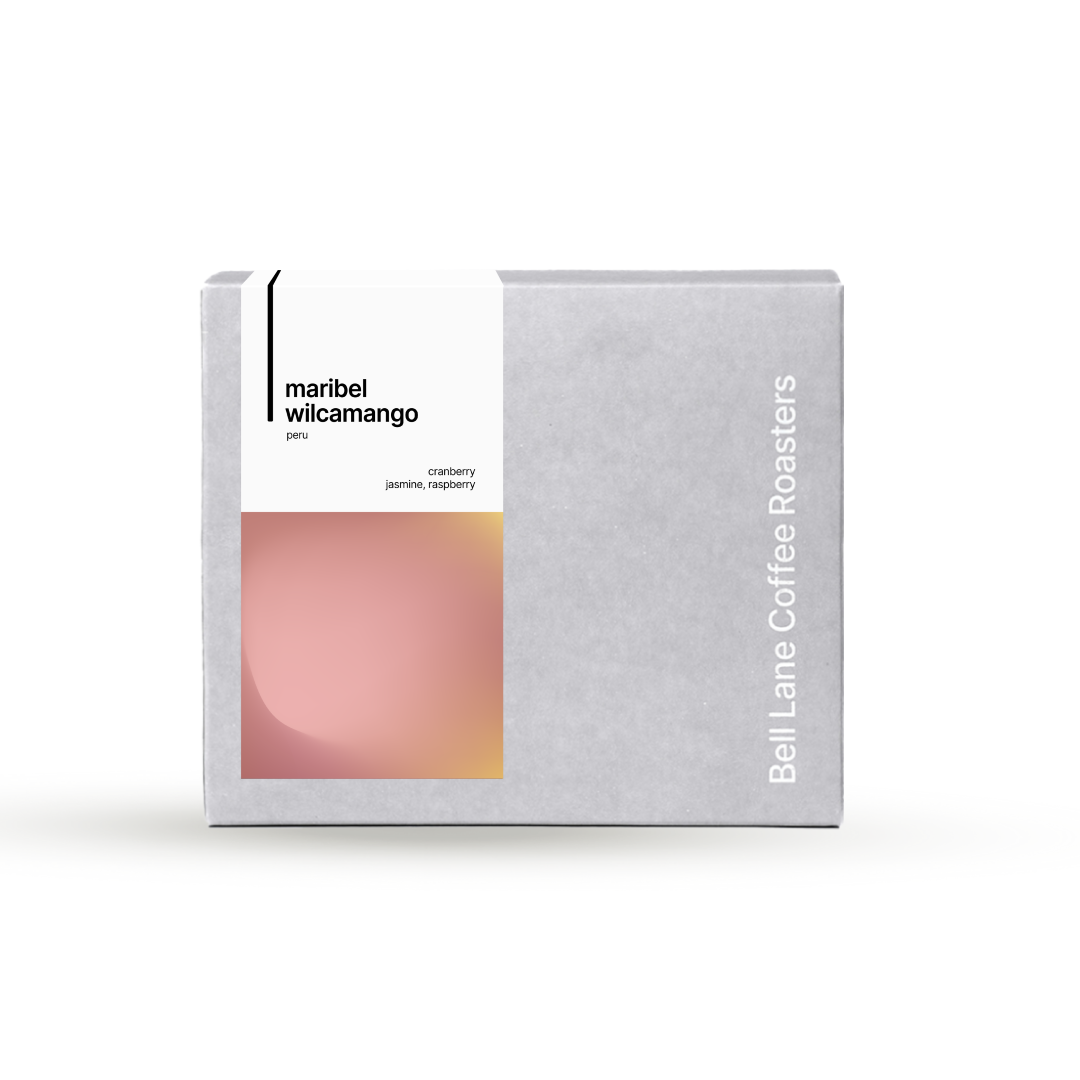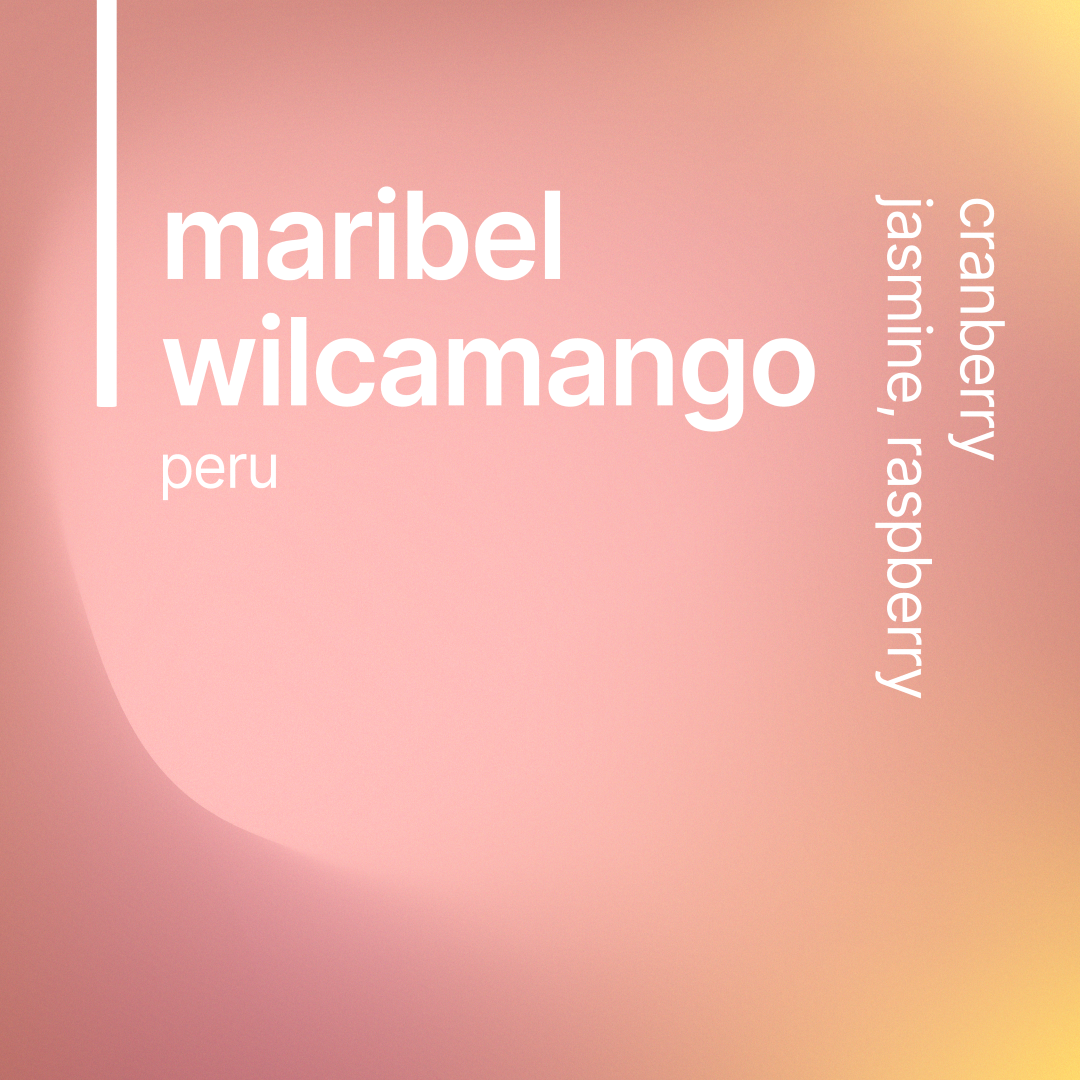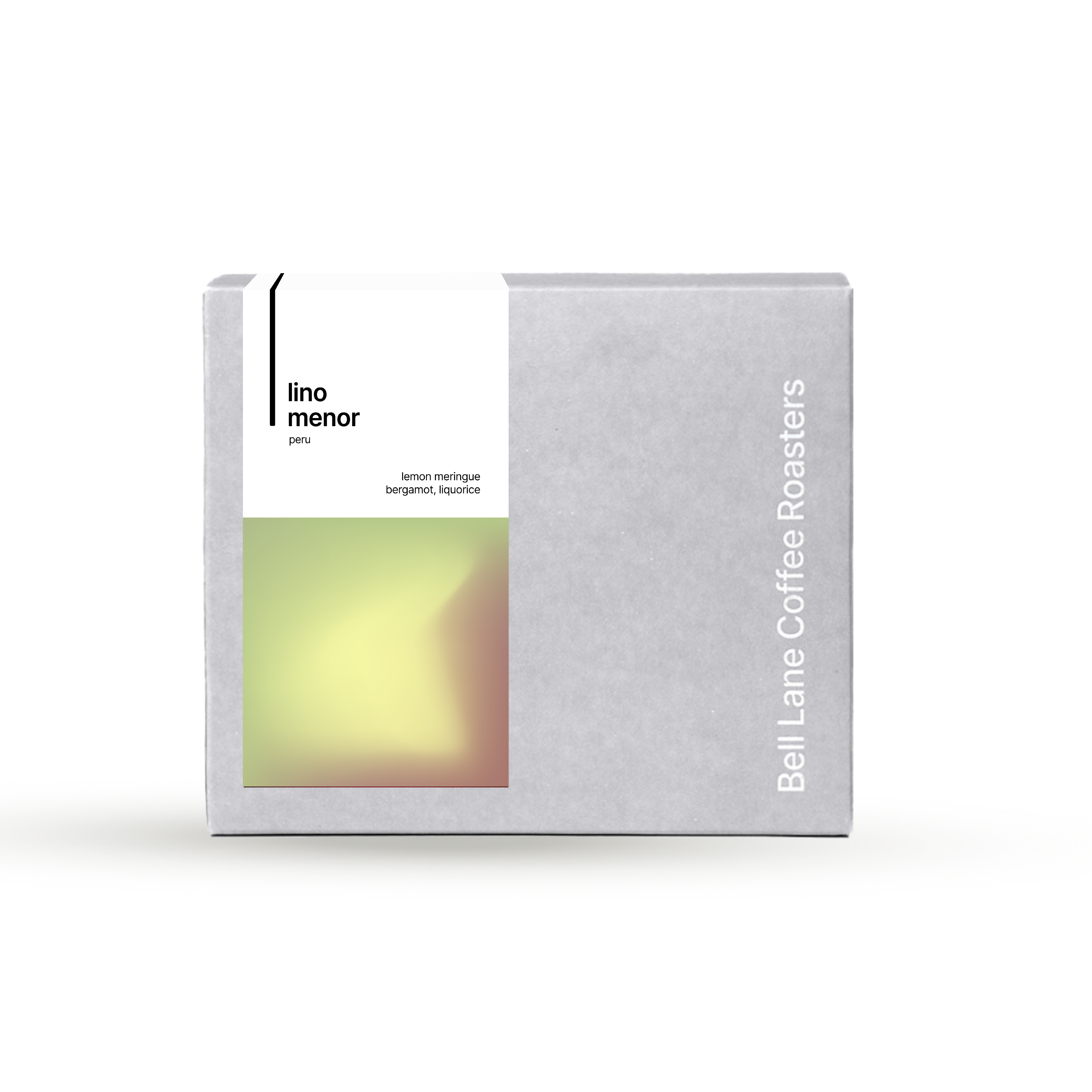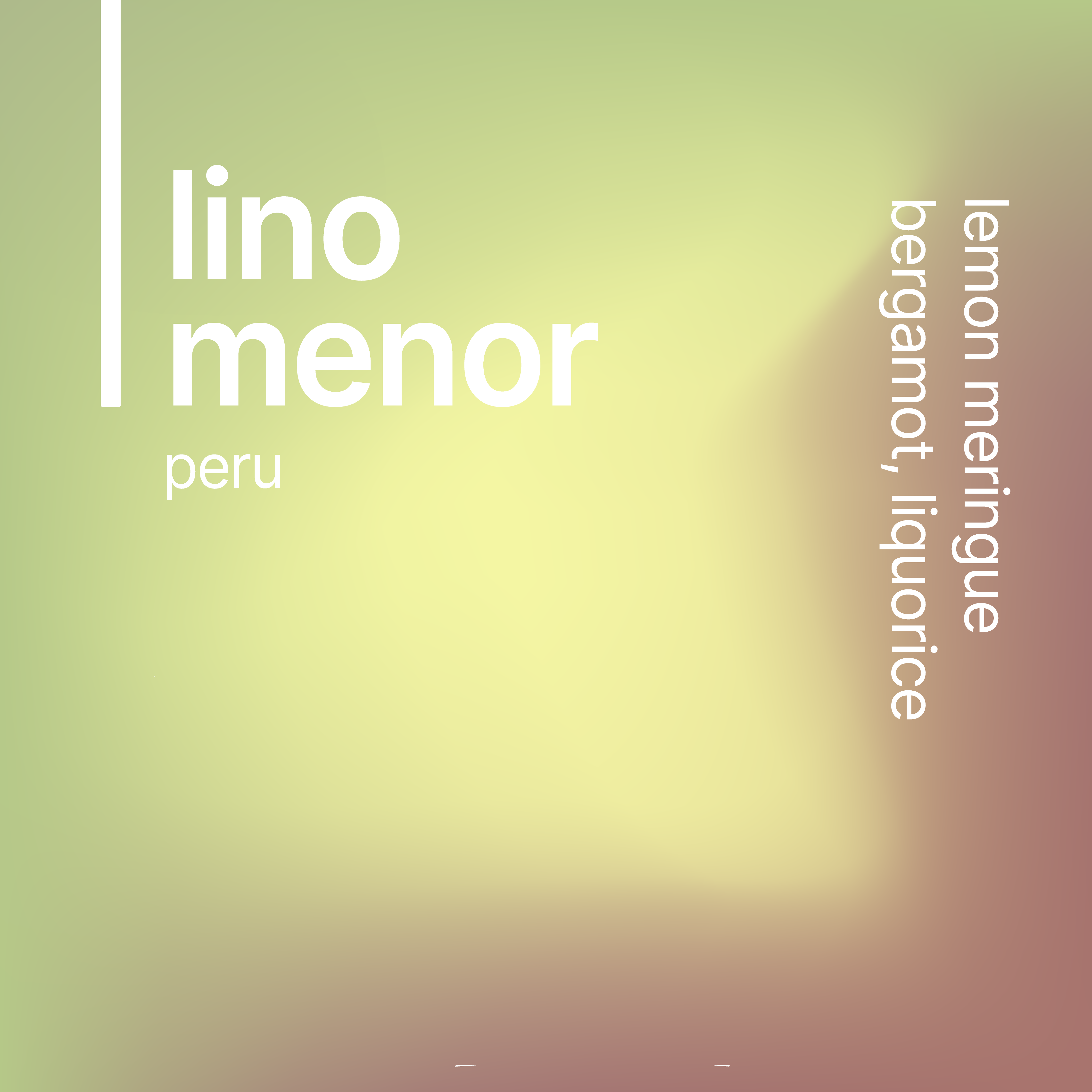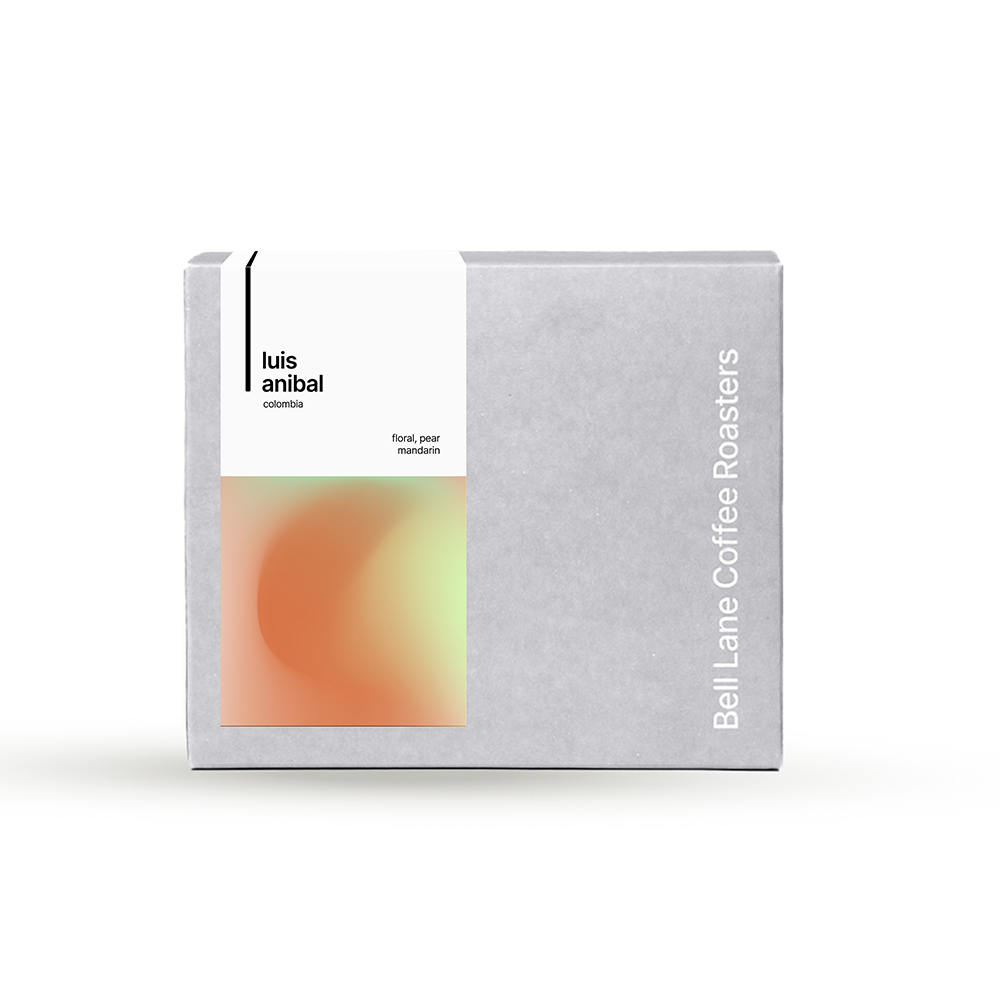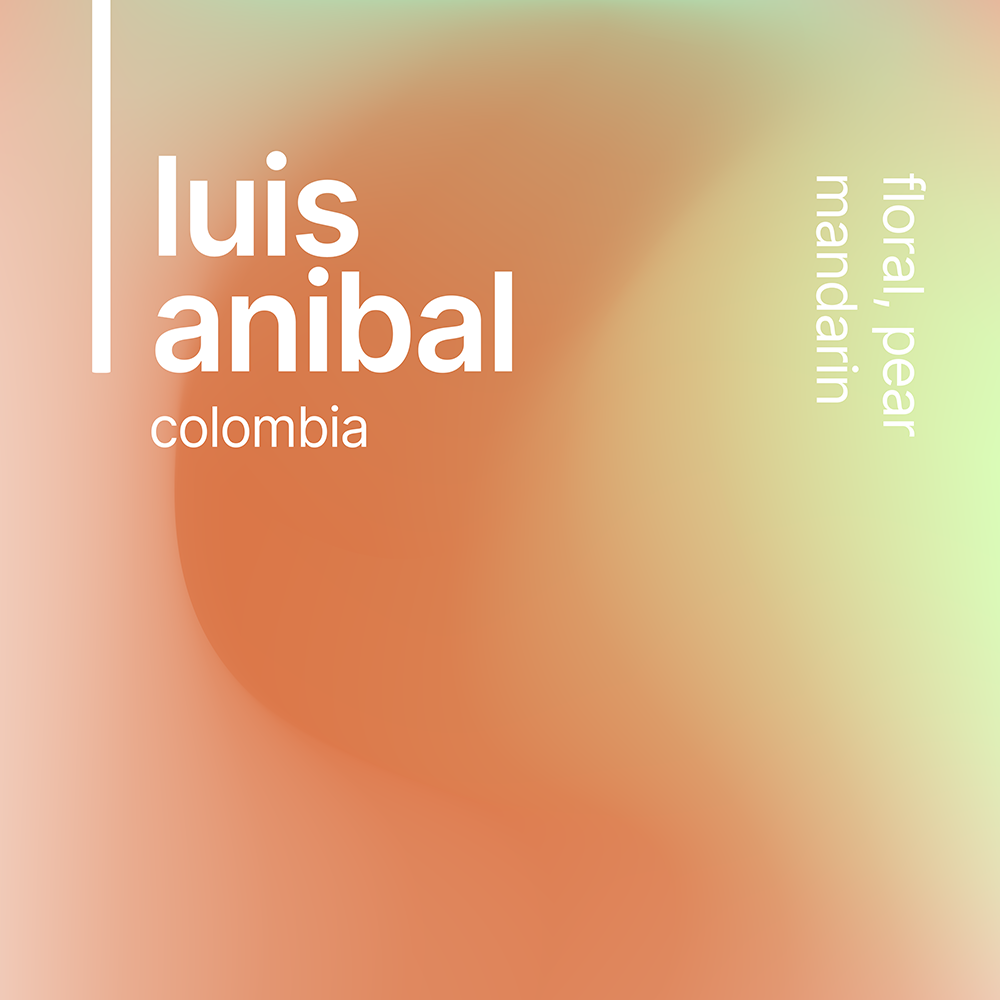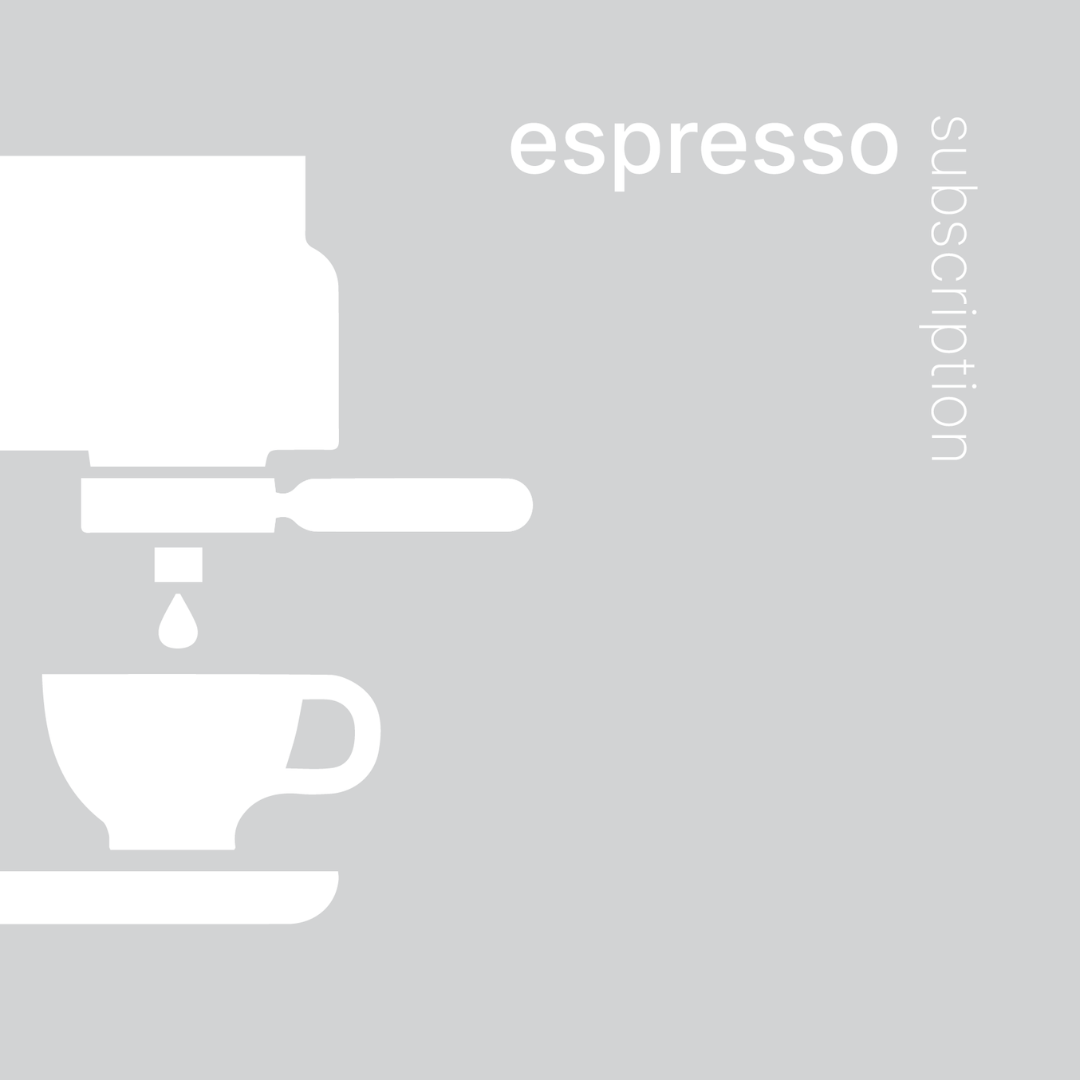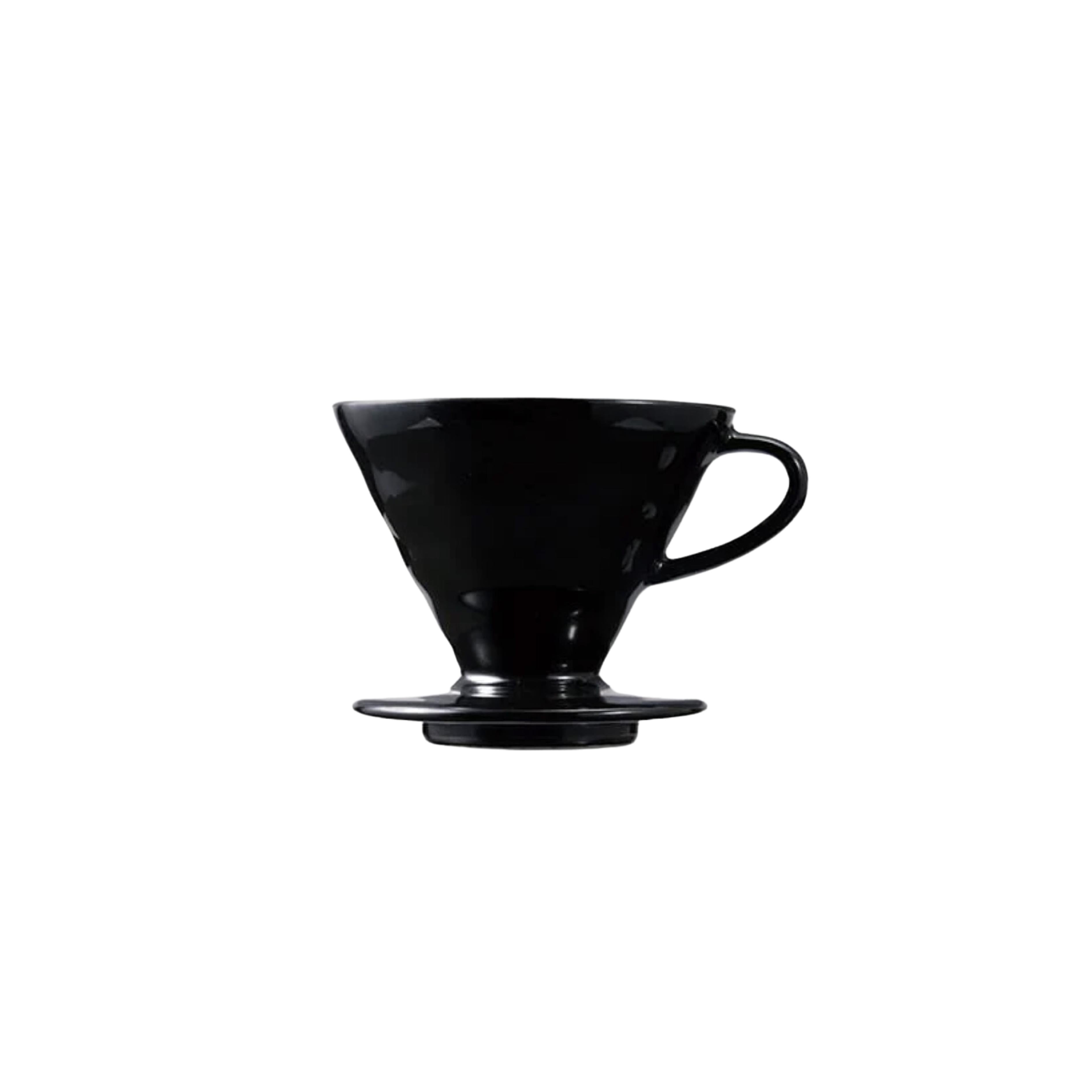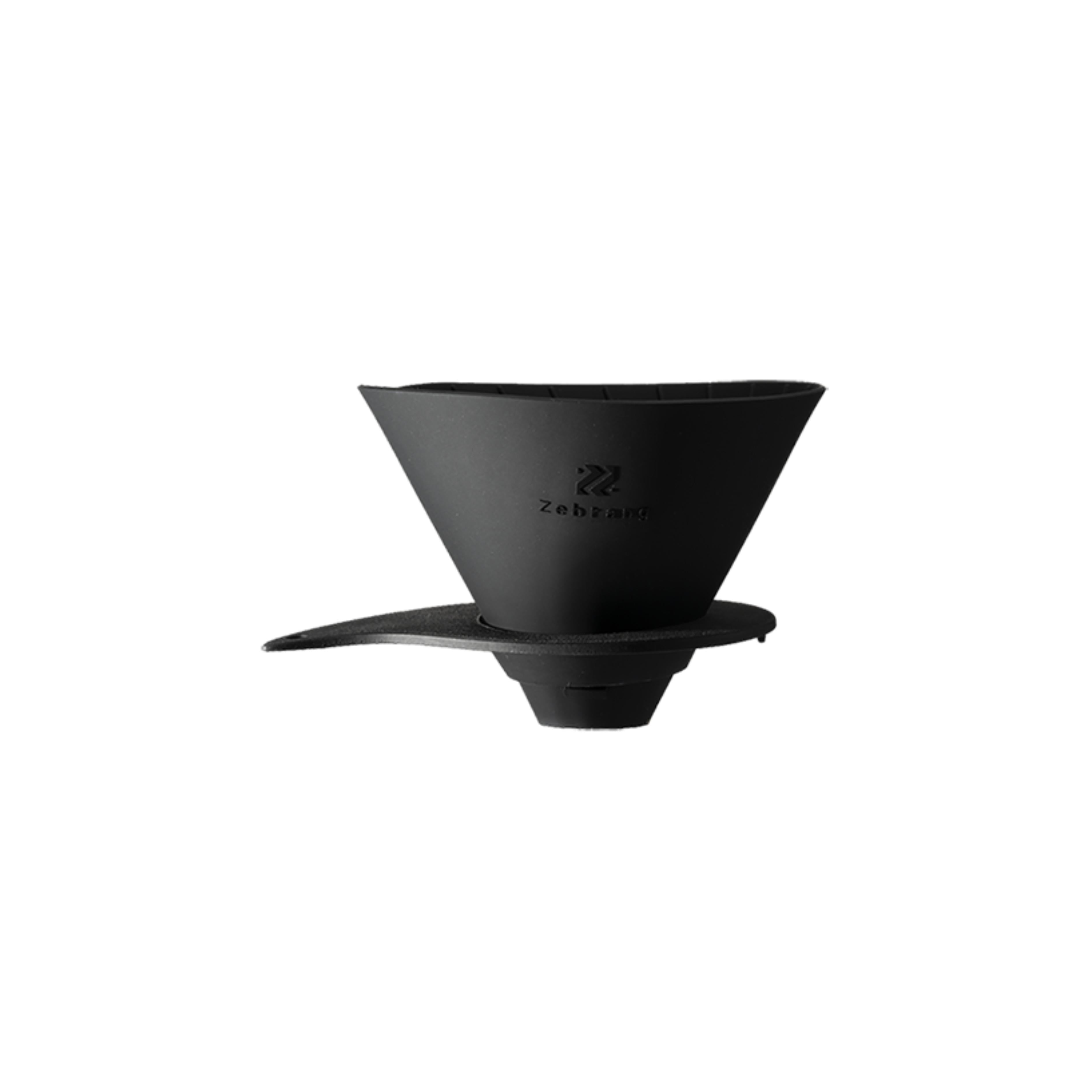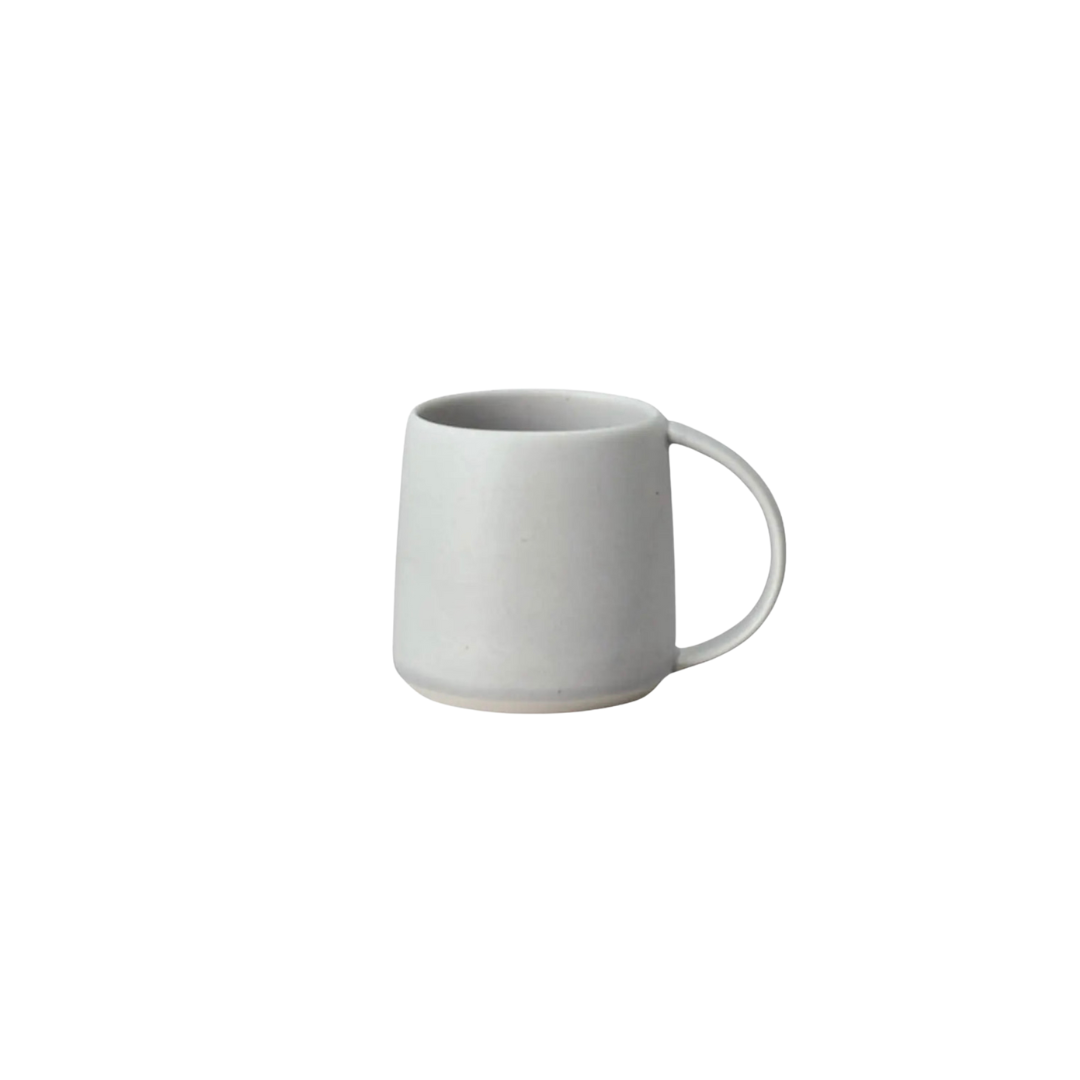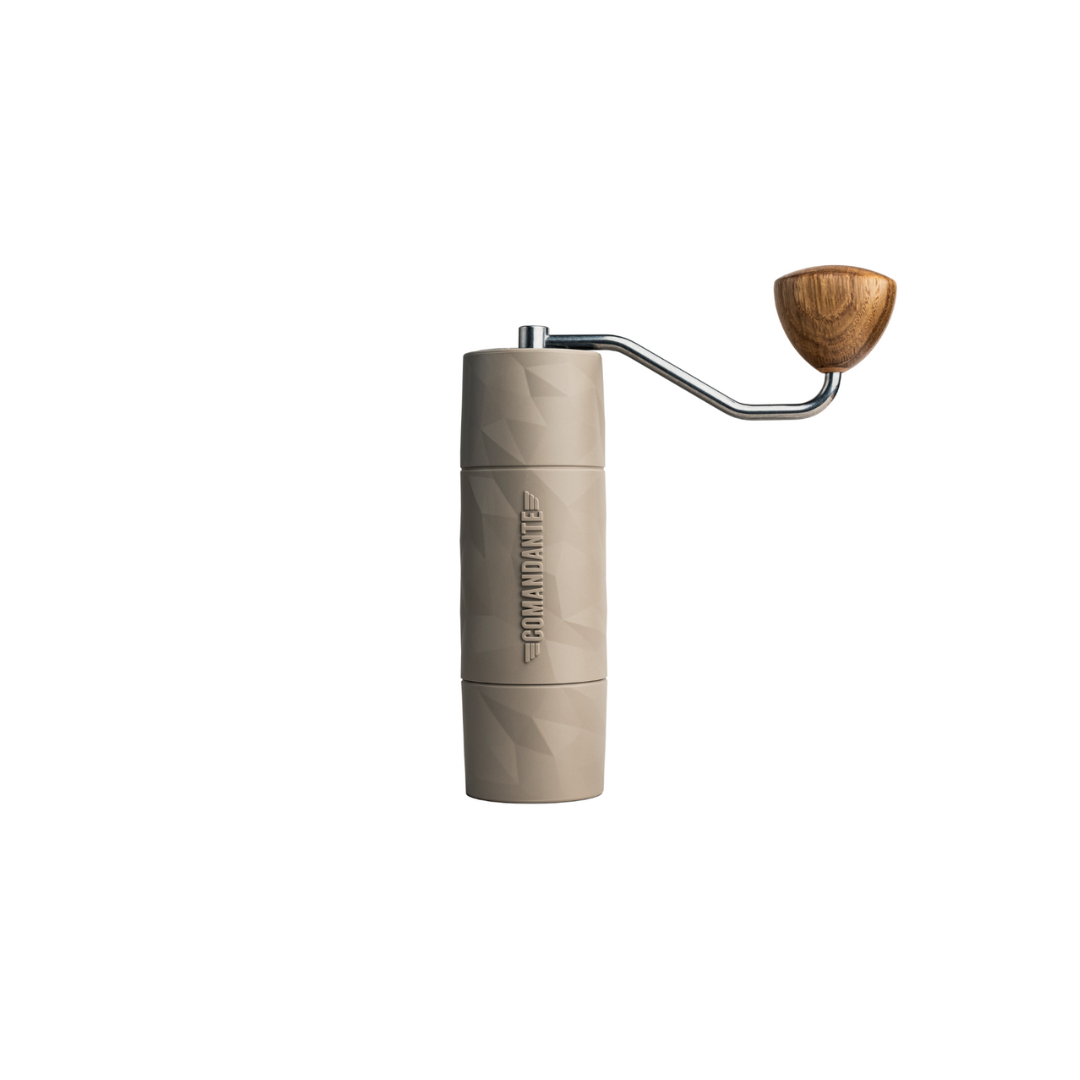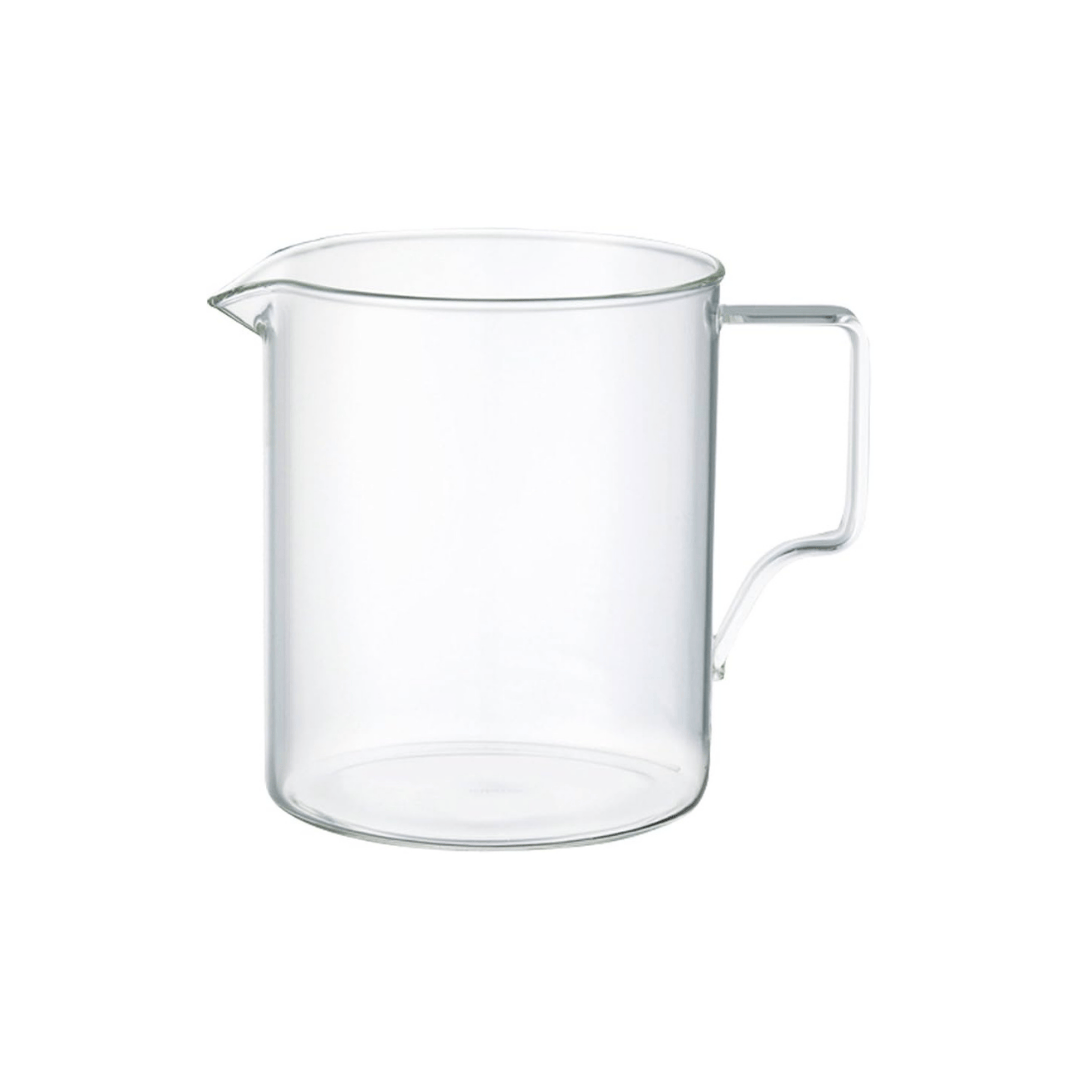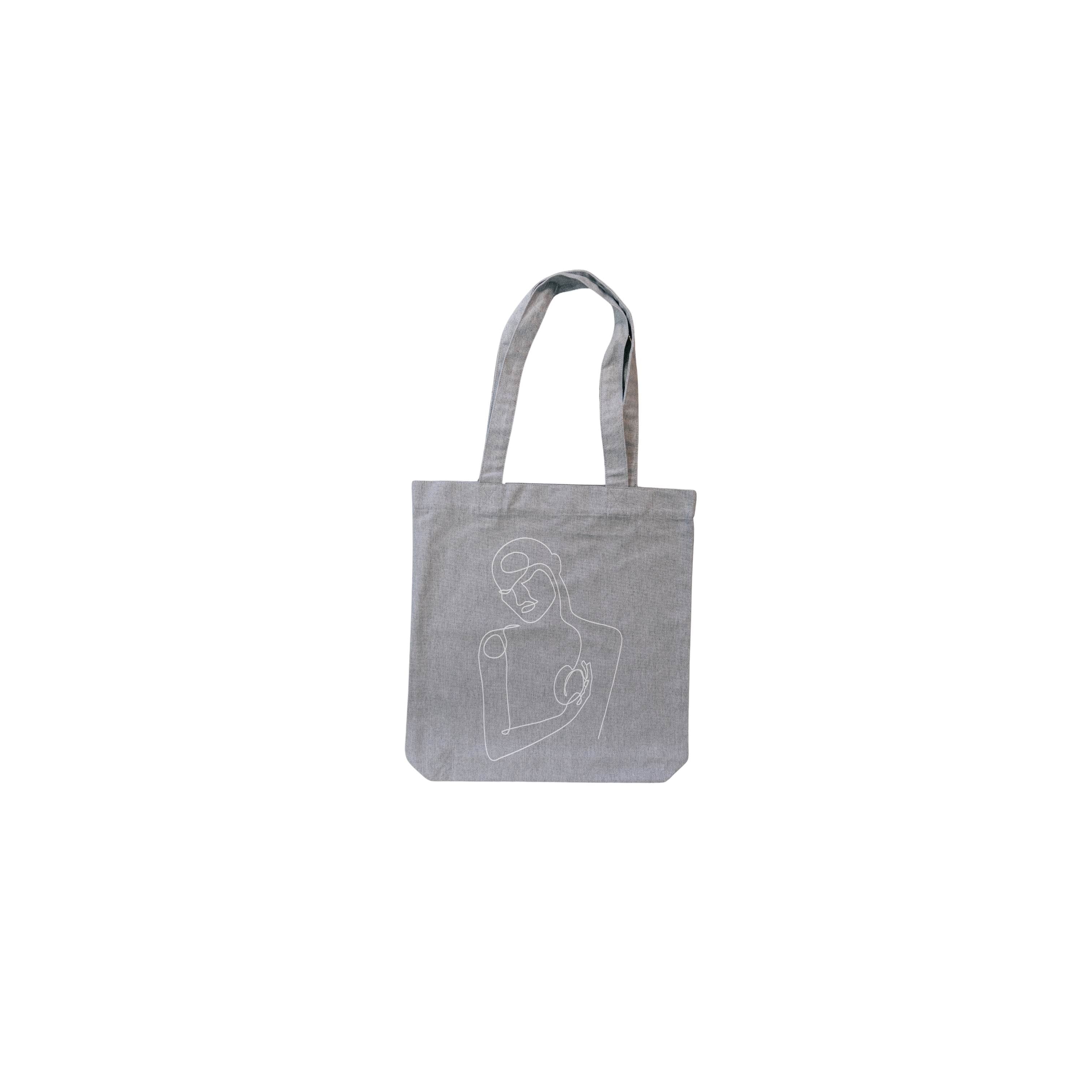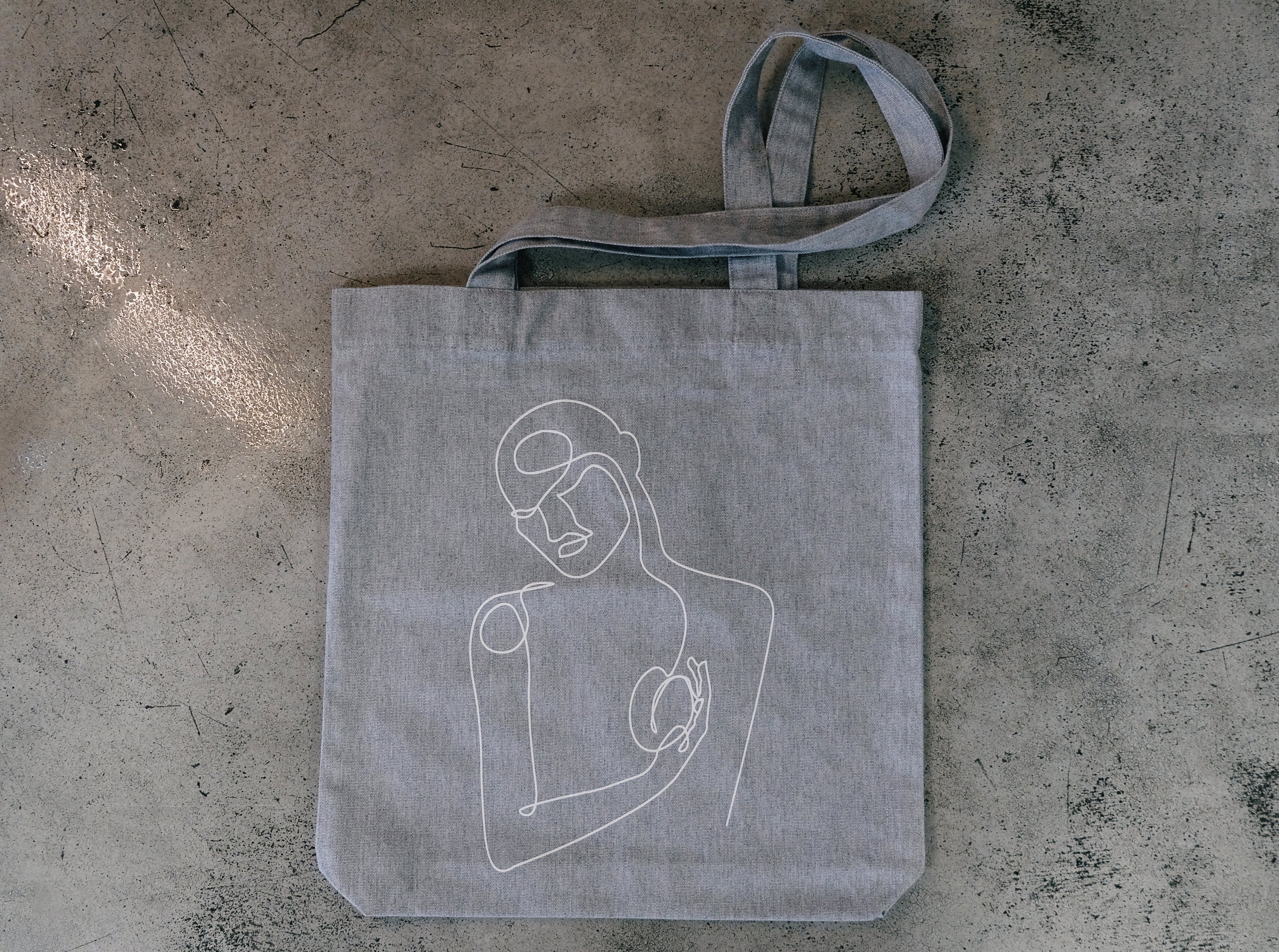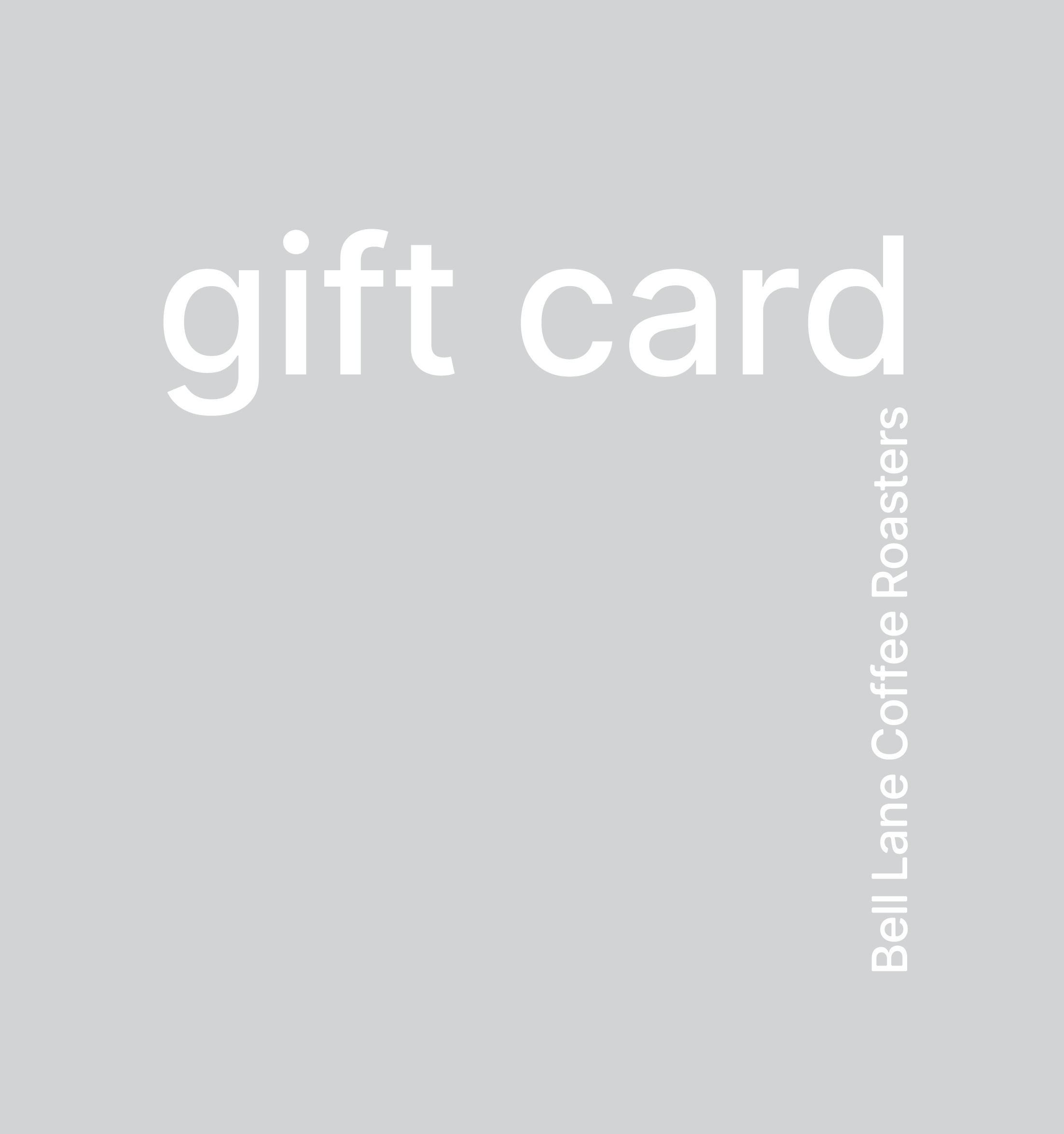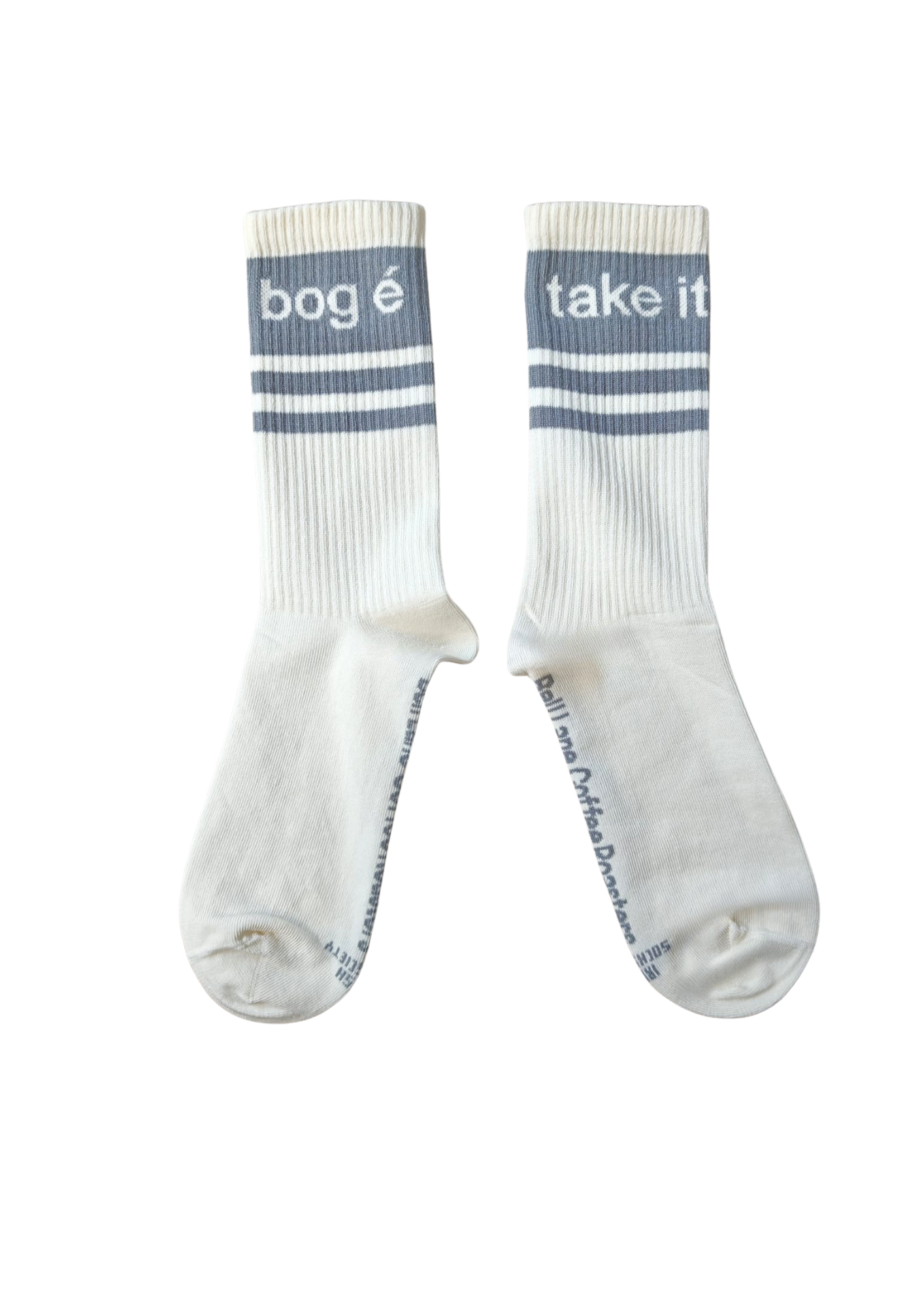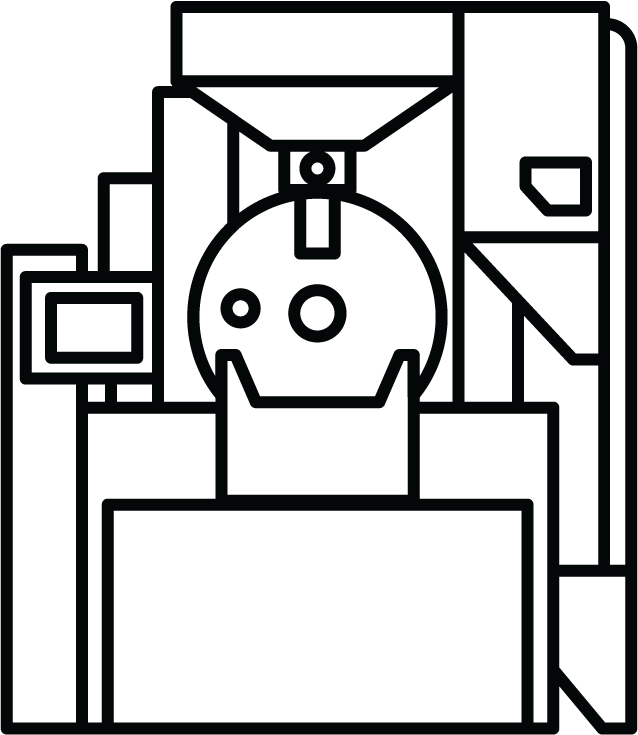
roasting since 2012

coffee in colour
Our labels are designed to reflect the tasting experience at a glance. Each colour is drawn from the tasting notes, giving an immediate sense of flavour. Linework represents the structure of the cup—whether notes are distinct or integrated—while brightness reflects the brew method, from filter to espresso.
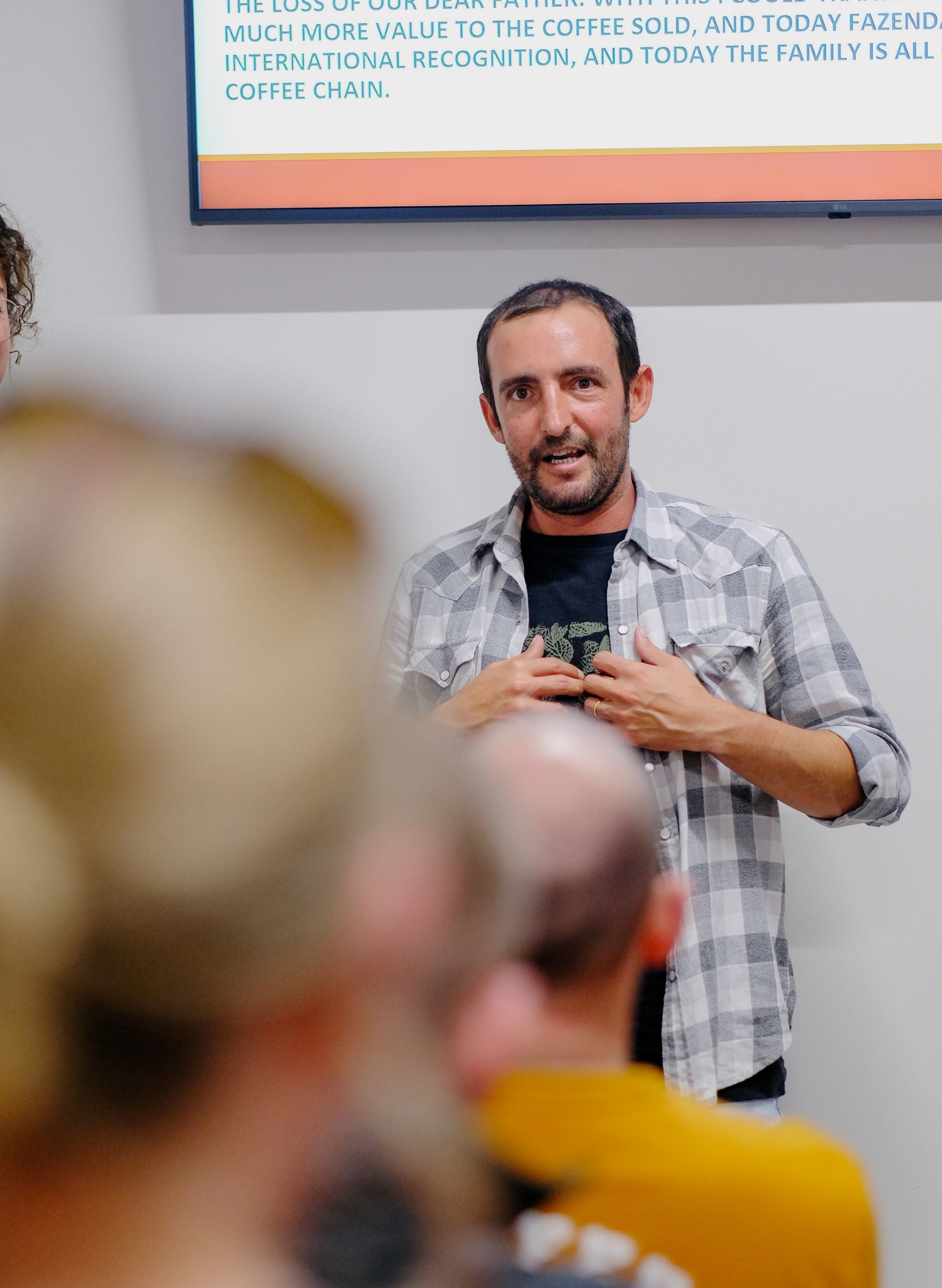
our story
Since 2012, our coffee story has unfolded as a journey of constant learning and improvement. Building genuine relationships with coffee producers is at the heart of everything we do. We believe these connections matter because they mean better coffee for you and a positive impact on the communities we source from.
We partner with producers we know and trust, ensuring quality throughout every step of the roasting process. We meticulously roast beans to their full potential, honouring the hard work and dedication of skilled producers, resulting in a delicious cup that reflects the unique character of each origin.
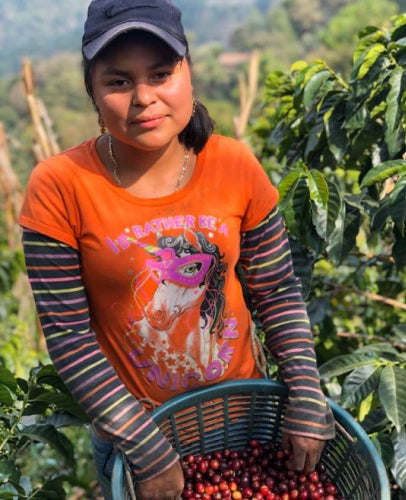
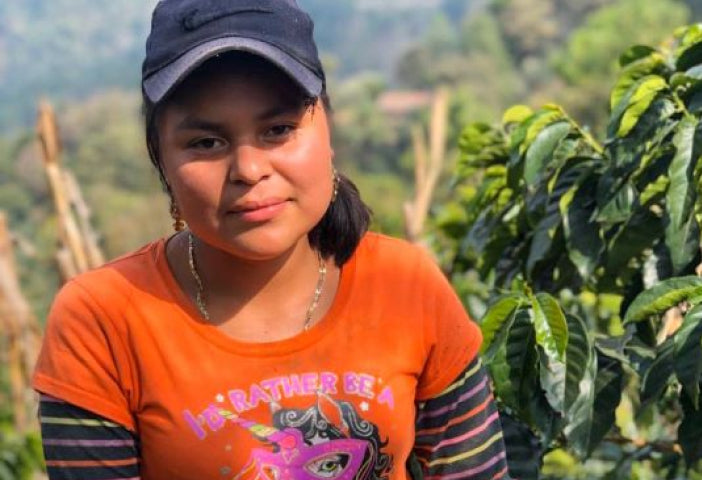
community
Our partnerships are built on the principles of honesty, sustainability, and supporting coffee producers. This approach ensures both exceptional coffee quality and financial stability for the communities behind your cup.
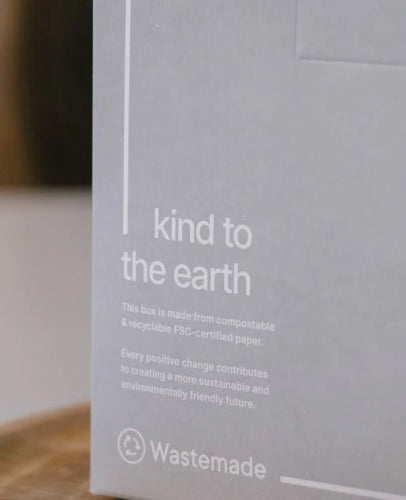
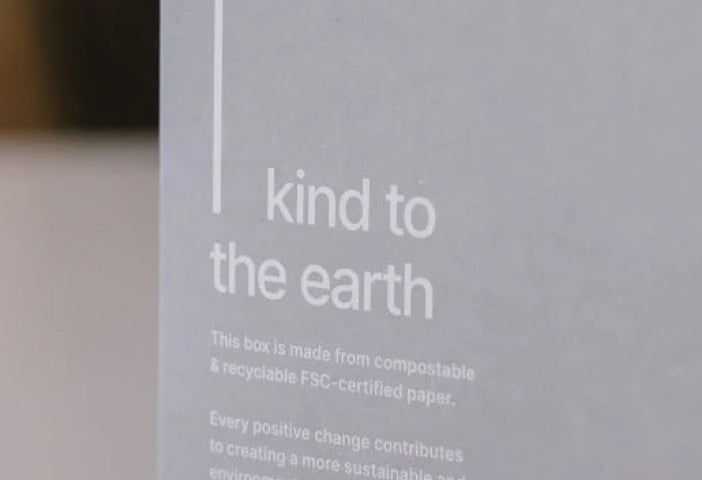
responsibility
We are dedicated to minimising our environmental impact. This commitment starts with partnering with suppliers who share our values and implement sustainable practices throughout the entire coffee journey. This includes responsible sourcing, eco-friendly packaging, and utilising innovative roasting technology like our IMF roaster, which reduces emissions up to 98% compared to traditional drum roasters.

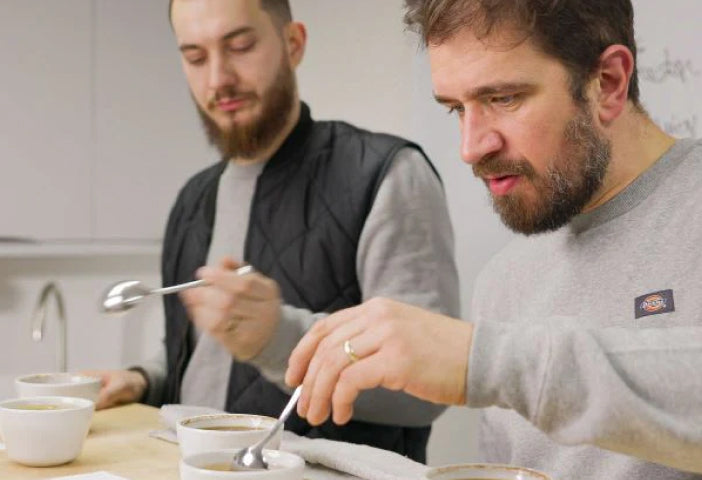
learn
Coffee is more than just a drink. It's an exploration of flavours, origins, and brewing methods. We're here to guide you, helping you find your perfect cup. We offer comprehensive training to our wholesale partners, and regularly open the roastery for interactive fun brew classes.
from journal

understanding washed coffees (and why we love them)
When it comes to discovering new coffees, processing method is one of the most powerful (and underrated) keys to flavour. Among all the options, we keep coming back to washed coffees for their clarity, precision, and transparent expression of origin. what is a washed coffee? Washed coffee, sometimes referred to as wet processed, refers to a post-harvest method where the coffee cherry’s pulp and mucilage are removed before the beans are dried. After picking, the cherries are pulped mechanically, and the sticky mucilage layer is broken down through fermentation in water tanks. Finally, the clean beans are washed again before drying. This process is designed to highlight the coffee's inherent qualities, bringing out the best from the varietal, the terroir, and the work of the farmer (as opposed to the influence of the coffee fruit’s sugars). a pulping machine at the izuba washing station, burundi how you know a washed bean If you've ever looked closely at a raw (green) washed coffee bean, you might notice a small white line (often called the "silver skin" or "parchment scar") running down the centre cut. While all beans technically have this, it tends to appear cleaner and more pronounced in washed coffees because of the thorough removal of fruit residues. After roasting, washed beans also tend to look slightly lighter and more uniform than naturally processed beans (which can appear patchier or more uneven due to the fruit sugars caramelising differently). washed coffee beans being dried in the sun on raised beds why do we love washed coffee? At Bell Lane, our Head Roaster Niko is drawn to washed coffees for their clarity and honest expression of origin. A well-executed washed coffee allows us to showcase the true character of a farm or micro-lot without distraction. We often describe these coffees as "clean," "bright," and "structured." Think well-defined acidity, layered florals, and transparent sweetness—qualities prized by both roasters and filter-focused coffee drinkers. In sourcing, we look for washed lots that really show off their origin. A washed Ethiopian might deliver jasmine and stone fruit notes with tea-like delicacy. A washed Kenyan might burst with blackcurrant and juicy citrus. By celebrating these profiles, we can support producers who are meticulous about picking and processing, rewarding quality at every step of production. explore our washed coffees If you're curious to dive deeper into the purest expressions of terroir and varietal, our washed coffee selection is a great place to start (or revisit). washed coffee beans with distinctive parchment scar at the centre of the bean Stay up to date on all things coffee by signing up to our newsletter.
Discover more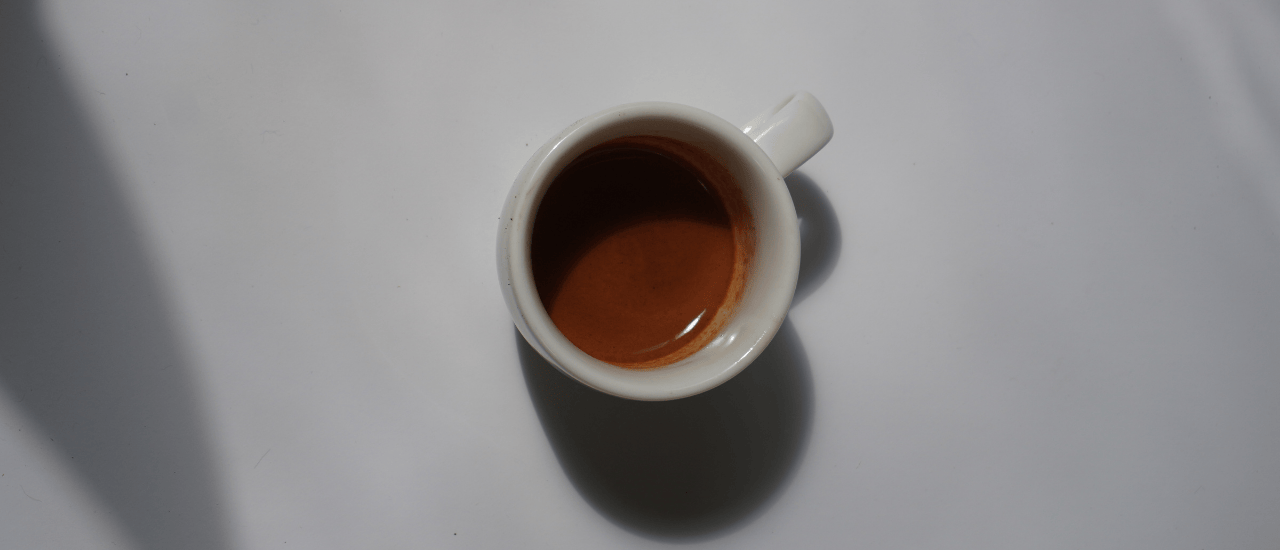
espresso vs. filter: what’s the difference and why does it matter?
If you’re just getting into coffee, you’ve probably heard people talk about filter and espresso. But what exactly sets them apart? And more importantly, which one is right for you? what is espresso? Espresso is coffee that is brewed under high pressure. In fact, the word espresso comes from the Italian esprimere, which means “to press out”. And that’s exactly what’s happening. Hot water is being pressed out, or forced through, very finely ground coffee at around 9 bars of pressure. This results in a small, concentrated shot of coffee usually delivered in around 25–30 seconds. Espresso itself can be brewed on a variety of different machines. It's the one you'll see in your local coffee shop, but there are also a variety of espresso machines which are made for home use. Espresso is intense, rich, and forms the base for drinks like flat whites, cappuccinos, and Americanos. ideal for: quick, concentrated coffee and milk based drinks one of the many types of home espresso machine what is filter coffee? Filter, also known as pour-over, gets its name from the filter that the coffee passes through. While espresso uses pressure, filter methods usually involve gravity doing the work. Water slowly filters through medium-ground coffee and a paper or metal filter. Brewing takes longer than espresso (typically 2–4 minutes), but the result is a cleaner, more nuanced, and often more aromatic cup. Think V60, Chemex, or AeroPress. These all fall under the filter umbrella. ideal for: considered, meditative coffee prep an example home filter setup what about moka? Moka pots fall somewhere in between. Sometimes referred to as stovetop espresso makers, Moka pots brew coffee by forcing steam-pressured water up through coffee grounds. However, because the pressure is lower than espresso, the resulting coffee is not as strong or concentrated as a true espresso. That said, it is stronger and more concentrated than filter. Moka is a great in-between option. Perfect if you want something bold with minimal set up. ideal for: espresso-like coffee with minimal equipment coffee pressing up and out through a moka pot what about aeropress? The AeroPress is a portable brewer that uses gentle pressure to create a cup that also sits somewhere between filter and espresso. While it uses a filter (paper or metal), it can make espresso-style coffee. It's smooth, versatile, and travel-friendly. One great advantage of an AeroPress is that can be used to brew coffee that has been roasted for espresso or filter. ideal for: versatile, on-the-go brewing aeropress why does all of this matter? Knowing the difference between coffee types helps you choose the right coffee and equipment for your preferred taste, timing, and lifestyle. If you want a quick, intense cup with crema and punch, then espresso is for you. If you prefer a cleaner coffee and you have the time to make it, make filter your go-to. If you fall somewhere in between, it's worth exploring both moka pot and Aeropress. summary Choosing the right method for you isn’t just about taste, it’s also about the kind of ritual or routine you want to create for yourself. Over time, you might even find that you need a mix of both—espresso during the week and more meditative filter at the weekend. If and when you perfect your routine, you can always save with a subscription at Bell Lane. We offer subscriptions for both espresso and filter drinkers, delivered to your door every month. Stay up to date on all things coffee by signing up to our newsletter.
Discover more
4 easy iced coffee recipes to cool down with
When the heat is on, nothing beats an iced coffee. These four summer-ready recipes are easy to make (and delicious to drink). There's something for you whether you prefer espresso, filter, and even if you don't have the equipment for either. 1. iced americano A classic. what you’ll need: ice, cold water, and 1 shot of espresso how to make: fill your glass with ice add cold water (until about two-thirds full) pour a fresh shot of espresso over the top That’s it! We use Ubuntu (espresso) as our base in the roastery. It's light flavour profile pairs perfectly with ice. 2. iced latte Incredibly refreshing. what you’ll need: ice, cold milk (any kind you like), and 1 shot of espresso how to make: fill your glass with ice add milk (until about two-thirds full) pour a fresh shot of espresso over the top rest for at least 30 seconds before drinking Allowing time between preparation and drinking gives the crema a chance to settle and allows the flavours to meld for a rich, layered finish. We love House (espresso) for our iced lattes because it's roasted to pair well with milk. 3. iced filter brew Full of flavour. what you’ll need: ice and freshly brewed coffee how to make: brew your filter coffee in advance (V60, Chemex, batch brew, or however you like) let it cool to room temperature (or cooler) fill a glass with ice pour your filter coffee on top Simple, clean, and a great way to explore origin characteristics in warm weather. We like Javier Rubio (filter), but any filter coffee will work depending on your preferences. 4. cold brew Make ahead of time.what you’ll need: ice, cold water, and coarsely ground coffee how to make: steep 60g of coffee per litre of cold water in the fridge for 16–18 hours strain pour over ice dilute with water (optional) We use Bold (espresso) for cold brew as the chocolatey notes form the ideal base for this drink. Why not try one at home or in the office when the weather is nice? Grab your coffee here and tag us in your iced creations. We'd love to see what you're brewing.
Discover more